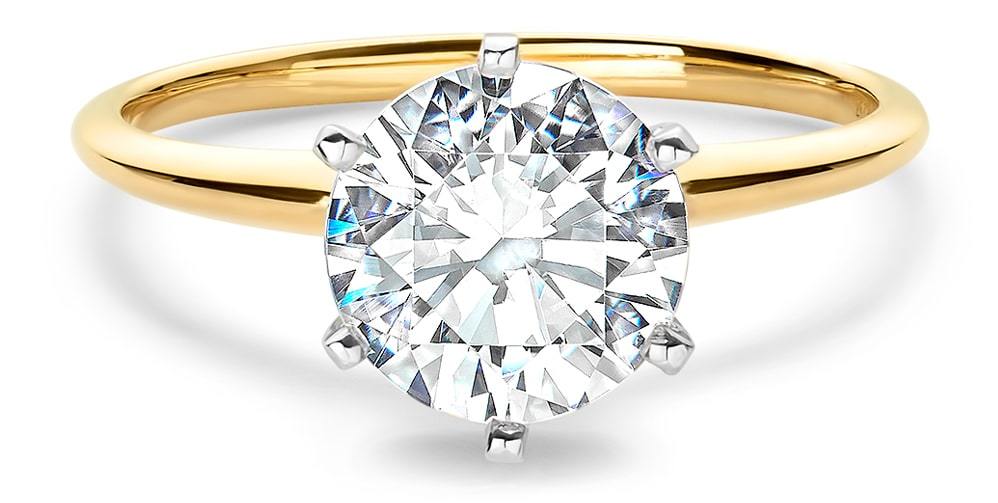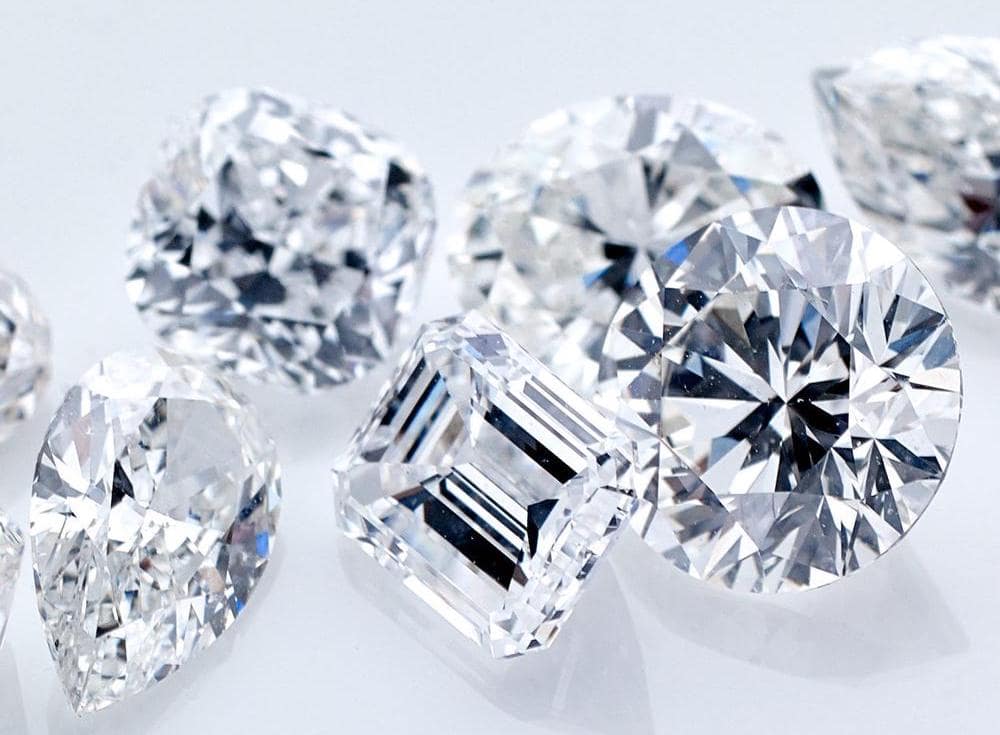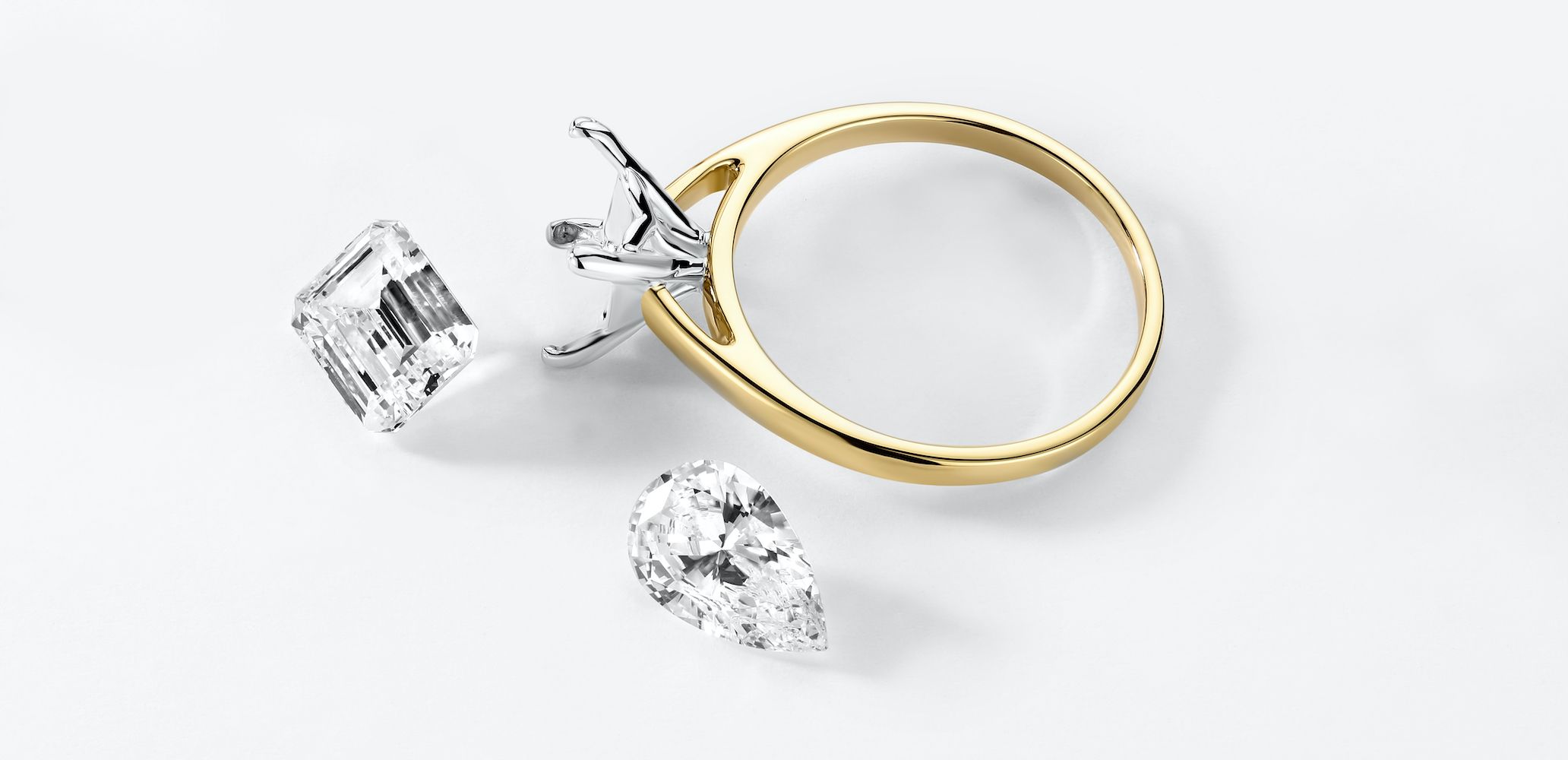How to Select a High-Quality Diamond

Congratulations, you’ve decided to propose!
Our goal is to try to make the diamond buying process a little easier for you by providing “Pro Tips” from our diamond expert, Josh Marion, who has nearly 20 years of experience in the diamond industry. Read on to find out how to find a quality diamond that the love of your life will cherish forever.
Determining Your Budget
Before beginning your search for a quality diamond, the first thing you’ll want to consider is your budget. It’s a common misconception that one must spend 3 months’ salary on an engagement ring – spend whatever is right for you. We believe it’s more important to find a ring your sweetheart will adore — one that reflects their personal style and your commitment to each other. Once you’ve selected your budget, it’s time to move on to the bling.
Shape: The Personality of the Diamond
Diamond shape makes the biggest impact on the look of your engagement ring. Shape names typically describe the stone’s silhouette when viewed from above (round, pear and oval), while some are named for a historical legacy like Asscher and marquise. Starting here can help develop the personality of the ring. The most popular shape is round, with fancy shapes like princess and cushion following closely.
Pro Tip: A fancy-shaped diamond is a term for any gemstone that is not round. For a fancy-shaped diamond, you should focus on the length-to-width ratio of the diamond in addition to its cut to ensure its beauty. For instance, if you are going for that classic emerald look, make sure you have a length-to-width ratio that is greater than 1:4. A ratio less than 1:4 will make the emerald-shaped diamond look stubby. If a cushion shaped stone is what you’re after, it should look more square to accent the faceted cuts of the stone. Above all else, seeing a real HD picture of a fancy shape diamond or viewing it in person before buying to ensure its quality is a must. If you’re unsure, our Virtual Gemologists are happy to help you select the perfect fancy shaped diamond.
The 411 on the 4 C’s
The 4 C’s include Cut, Color, Clarity, and Carat. When selecting the highest quality diamond, it is important to determine which attribute of the diamond is the most important to your partner and yourself. Do you want the biggest diamond within your budget, the most sparkle, or the most unique look? Figuring out which aspect of the diamond is the most important to you will make the rest of the decision-making process easy.
Cut: How Much Your Diamond Will Sparkle
Regardless of diamond shape, the most important C is cut. Cut has the greatest impact on a diamond’s appearance. The cut, above all else, will be what gives your diamond the sparkle and fire that boasts quality. For a round-shaped diamond, always look for either a Very Good or Excellent / Ideal cut. Don’t skimp out on sparkle when it comes to selecting a high quality diamond.
Pro Tip: If you would like a quality round diamond, focus on excellent cut, excellent polish and excellent symmetry. This is what we call in the industry a “Triple X” and will sparkle more than any other type of diamond. (Note: The GIA does not assign a cut grade to fancy shaped diamonds.)
Carat: How Big Your Diamond Will Be
Carat is a measure of a diamond’s weight, and a rough reflection of its size. Because carat is a record of a diamond’s weight – not its size – two diamonds of slightly different sizes may have the same carat weight.
Pro Tip: If your budget calls for any diamond that is greater than 1.25 carats, clarity is more important. Why? Well, a possible visible inclusion (such as SI2) in a 1.25 carat diamond is much easier to see with the unaided eye than it would be with a smaller diamond. This is because the 1.25 (or greater) carat diamond’s table or “top view” is larger, and thus the diamond is exposed to more light.
Color: How White Your Diamond Will Be
Color actually refers to the lack of color on the grading scale. D, E and F grades are considered to be Colorless and are rarer and more valuable. G through J are considered “Near-Colorless,” with only some color (yellow tones) visible in certain light. Diamond colors K and L will feature a faint yellow color. A near-colorless diamond will still appear colorless to the untrained eye.
Pro Tip: Are you getting a yellow gold engagement ring setting? If so, you can save money on your diamond by choosing a color in the I to K range, since the yellow hue of the diamond will blend nicely with the setting. A white gold or platinum engagement ring setting would contrast negatively with the lower color grade and may make the yellow tint more noticeable.
Clarity: How Flawless Your Diamond Will Be
Clarity describes how many natural “inclusions,” or flaws, exist in a diamond, and whether they are visible to the unaided eye. Clarity grades range from Flawless (FL) to Included 3 (I3). A grade of Flawless means there are no imperfections within the diamond or on its surface, even when viewed under 10x magnification. On the other end of the spectrum, a grade of Included 3 means large flaws are obvious to the unaided eye. Ritani offers diamonds ranging from Flawless to Slightly Included 2 (SI2).
Pro Tip: A clarity grade of Very Slightly Included 1 (VS1) or higher looks free of inclusions to the unaided eye. However, any diamond with a clarity grade of Very Slightly Included 2 (VS2), Slightly Included 1 (SI1) or Slightly Included 2 (SI2) may appear clean to the eye depending on the kind of inclusion. So, if you are considering a diamond graded VS2, SI1 or SI2, be sure to view a real image or see it in store before purchasing. This will allow you to make sure any inclusions are not overly obvious.
Top Tips for Selecting a High Quality Diamond
- Cut gives your diamond sparkle and fire.
- For round shaped diamonds, focus on the “Triple X”: Excellent Cut, Excellent Polish, Excellent Symmetry.
- For fancy shaped diamonds, focus on the length-to-width ratio of the diamond.
- If the diamond is greater than 1.25 carats, clarity is more important.
- When purchasing yellow gold metal for your ring, save money by choosing a diamond color in the I to K range.
Need help finding the perfect diamond for your budget? Contact customer service at 1-888-9RITANI or chat with us online. We’ll be happy to help.


